Online Measurement of Melt-Pool Width in Direct Laser Deposition Process Based on Binocular Vision and Perspective Transformation
Abstract
:1. Introduction
2. Proposed Binocular Vision Measurement Method
2.1. Principle of Melt-Pool Width Measurement
2.2. Perspective Transformation and Spatial Resolution Calibration
2.3. Image Processing Algorithms
2.3.1. Image Denoising
2.3.2. Melt-Pool Contour Segmentation
2.4. Dimension Extraction of Melt Pools
3. Melt-Pool Width Measurement Experiment
3.1. Experimental Setup
3.2. Experimental Materials
3.3. Experimental Details
3.3.1. Melt-Pool Width Measurement Experiment for Different Deposition Directions
3.3.2. Accuracy Verification Method
4. Experimental Results
4.1. Melt-Pool Width Measurement Results for Different Deposition Directions
4.2. Establishment of Mapping Model from Melt-Pool Width to Deposited Layer
4.3. Accuracy Verification Results
5. Conclusions
Author Contributions
Funding
Institutional Review Board Statement
Informed Consent Statement
Data Availability Statement
Acknowledgments
Conflicts of Interest
References
- Kobryn, P.A.; Semiatin, S.L. Microstructure and texture evolution during solidification processing of Ti–6Al–4V. J. Mater. Process. Technol. 2003, 135, 330–339. [Google Scholar] [CrossRef]
- Zhang, X.J.; Tang, S.Y.; Zhao, H.Y.; Guo, S.Q.; Li, N.; Sun, B.B.; Chen, B.Q. Research status and key technologies of 3D printing. J. Mater. Eng. 2016, 44, 122–128. [Google Scholar] [CrossRef]
- Zafar, F.; Emadinia, O.; Conceição, J.; Vieira, M.; Reis, A. A review on direct laser deposition of Inconel 625 and Inconel 625-based composites—Challenges and prospects. Metals 2023, 13, 787. [Google Scholar] [CrossRef]
- Criales, L.E.; Arısoy, Y.M.; Lane, B.; Moylan, S.; Donmez, A.; Özel, T. Laser powder bed fusion of nickel alloy 625: Experimental investigations of effects of process parameters on melt pool size and shape with spatter analysis. Int. J. Mach. Tool Manuf. 2017, 121, 22–36. [Google Scholar] [CrossRef]
- Hu, D.; Kovacevic, R. Modelling and measuring the thermal behavior of the molten pool in closed-loop controlled laser-based additive manufacturing. Proc. Inst. Mech. Eng. Part B 2003, 217, 441–452. [Google Scholar] [CrossRef]
- Price, S.; Cheng, B.; Lydon, J.; Cooper, K.; Chou, K. On process temperature in powder-bed electron beam additive manufacturing: Process parameter effects. J. Manuf. Sci. Eng. 2014, 136, 061019. [Google Scholar] [CrossRef]
- Heigel, J.C.; Lane, B.M. Measurement of the melt pool length during single scan tracks in a commercial laser powder bed fusion process. J. Manuf. Sci. Eng. 2018, 140, 051012. [Google Scholar] [CrossRef]
- Cheng, B.; Lydon, J.; Cooper, K.; Cole, V.; Northrop, P.; Chou, K. Melt pool sensing and size analysis in laser powder-bed metal additive manufacturing. J. Manuf. Process. 2018, 32, 744–753. [Google Scholar] [CrossRef]
- Da Silva, A.; Frostevarg, J.; Kaplan, A.F.H. Melt pool monitoring and process optimization of directed energy deposition via coaxial thermal imaging. J. Manuf. Process. 2023, 107, 126–133. [Google Scholar] [CrossRef]
- Kim, C.H.; Ahn, D.C. Coaxial monitoring of keyhole during Yb: YAG laser welding. Opt. Laser Technol. 2012, 44, 1874–1880. [Google Scholar] [CrossRef]
- Doubenskaia, M.; Pavlov, M.; Grigoriev, S.; Smurov, I. Definition of brightness temperature and restoration of true temperature in laser cladding using infrared camera. Surf. Coat. Technol. 2013, 220, 244–247. [Google Scholar] [CrossRef]
- Yang, L.; Liu, J.; Liu, J. Study on CCD-based detection system for online monitoring of melt pool width in laser cladding. Laser Technol. 2011, 35, 315–318. [Google Scholar] [CrossRef]
- Hao, W.; Jundong, Z.; Zhenglan, B.; Anduo, H.; Fenghong, C.; Yu, M. Study of weld pool monitoring system based on spatial filtering. J. Manuf. Process. 2022, 76, 638–645. [Google Scholar] [CrossRef]
- Le, T.N.; Lee, M.H.; Lin, Z.H.; Tran, H.C.; Lo, Y.L. Vision-based in-situ monitoring system for melt-pool detection in laser powder bed fusion process. J. Manuf. Process. 2021, 68, 1735–1745. [Google Scholar] [CrossRef]
- Devesse, W.; De Baere, D.; Hinderdael, M.; Guillaume, P. Hardware-in-the-loop control of additive manufacturing processes using temperature feedback. J. Laser Appl. 2016, 28, 022302. [Google Scholar] [CrossRef]
- Asselin, M.; Toyserkani, E.; Iravani-Tabrizipour, M.; Khajepour, A. Development of trinocular CCD-based optical detector for real-time monitoring of laser cladding. In Proceedings of the IEEE International Conference on Mechatronics and Automation, Niagara Falls, ON, Canada, 20 July–1 August 2005; pp. 1190–1196. [Google Scholar] [CrossRef]
- Mazzoleni, L.; Demir, A.G.; Caprio, L.; Pacher, M.; Previtali, B. Real-time observation of melt pool in selective laser melting: Spatial, temporal, and wavelength resolution criteria. IEEE Trans. Instrum. Meas. 2019, 69, 1179–1190. [Google Scholar] [CrossRef]
- Yang, Q.; Yuan, Z.; Zhi, X.; Yan, Z.; Tian, H.; Chen, X. Real-time width control of molten pool in laser engineered net shaping based on dual-color image. Opt. Laser Technol. 2020, 123, 105925. [Google Scholar] [CrossRef]
- Yu, R.; Kershaw, J.; Wang, P.; Zhang, Y. Real-time recognition of arc weld pool using image segmentation network. J. Manuf. Process. 2021, 72, 159–167. [Google Scholar] [CrossRef]
- Wang, J.; Zhang, Z.; Bai, Z.; Zhang, S.; Qin, R.; Huang, J.; Wen, G. On-line defect recognition of MIG lap welding for stainless steel sheet based on weld image and CMT voltage: Feature fusion and attention weights visualization. J. Manuf. Process. 2023, 108, 430–444. [Google Scholar] [CrossRef]
- Jiang, S.; Liu, W.; Liangliang, N. Laser cladding height prediction based on neural network. J. Mech. Eng. 2009, 45, 269–274. [Google Scholar] [CrossRef]
- Iravani-Tabrizipour, M.; Toyserkani, E. An image-based feature tracking algorithm for real-time measurement of clad height. Mach. Vis. Appl. 2007, 18, 343–354. [Google Scholar] [CrossRef]
- She, K.; Li, D.; Yang, K.; Li, M.; Wu, B.; Yang, L.; Huang, Y. Online detection of laser welding penetration depth based on multi-sensor features. Materials 2024, 17, 1580. [Google Scholar] [CrossRef] [PubMed]
- Hsu, H.W.; Lo, Y.L.; Lee, M.H. Vision-based inspection system for cladding height measurement in direct energy deposition (DED). Addit. Manuf. 2019, 27, 372–378. [Google Scholar] [CrossRef]
- Yu, A.B.; Zacks, J.M. Transformations and representations supporting spatial perspective taking. Spat. Cogn. Comput. 2017, 17, 304–337. [Google Scholar] [CrossRef] [PubMed]
- Shannon, C.E. A mathematical theory of communication. Bell Syst. Tech. J. 1948, 27, 623–656. [Google Scholar] [CrossRef]
- Chen, X.; Xiao, M.; Kang, D.; Sang, Y.; Zhang, Z.; Jin, X. Prediction of geometric characteristics of melt track based on direct laser deposition using M-SVR algorithm. Materials 2021, 14, 7221. [Google Scholar] [CrossRef]
- Hespeler, S.; Dehghan-Niri, E.; Juhasz, M.; Luo, K.; Halliday, H.S. Deep learning for in-situ layer quality monitoring during laser-based directed energy deposition (LB-DED). Appl. Sci. 2022, 12, 8974. [Google Scholar] [CrossRef]


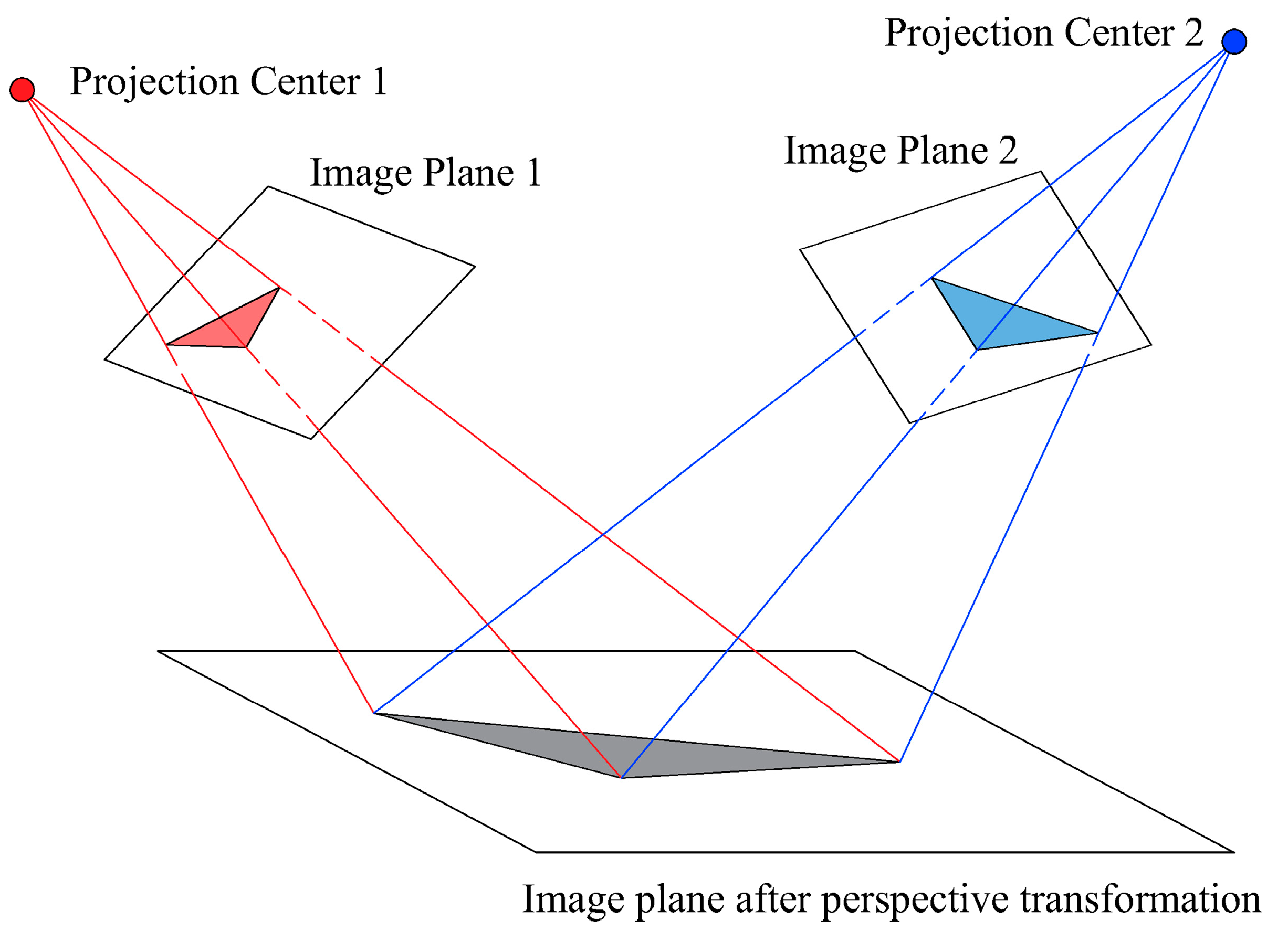



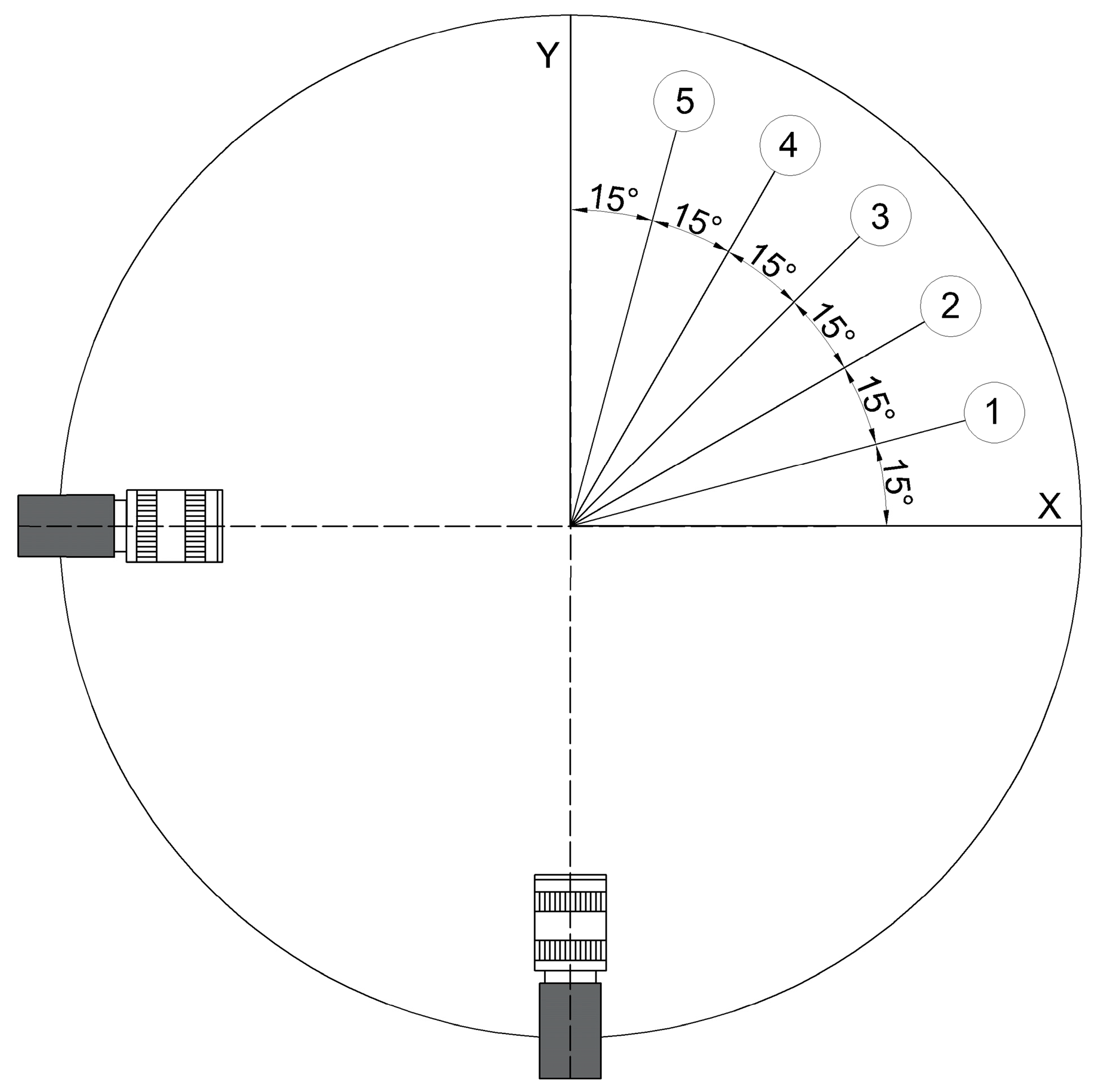
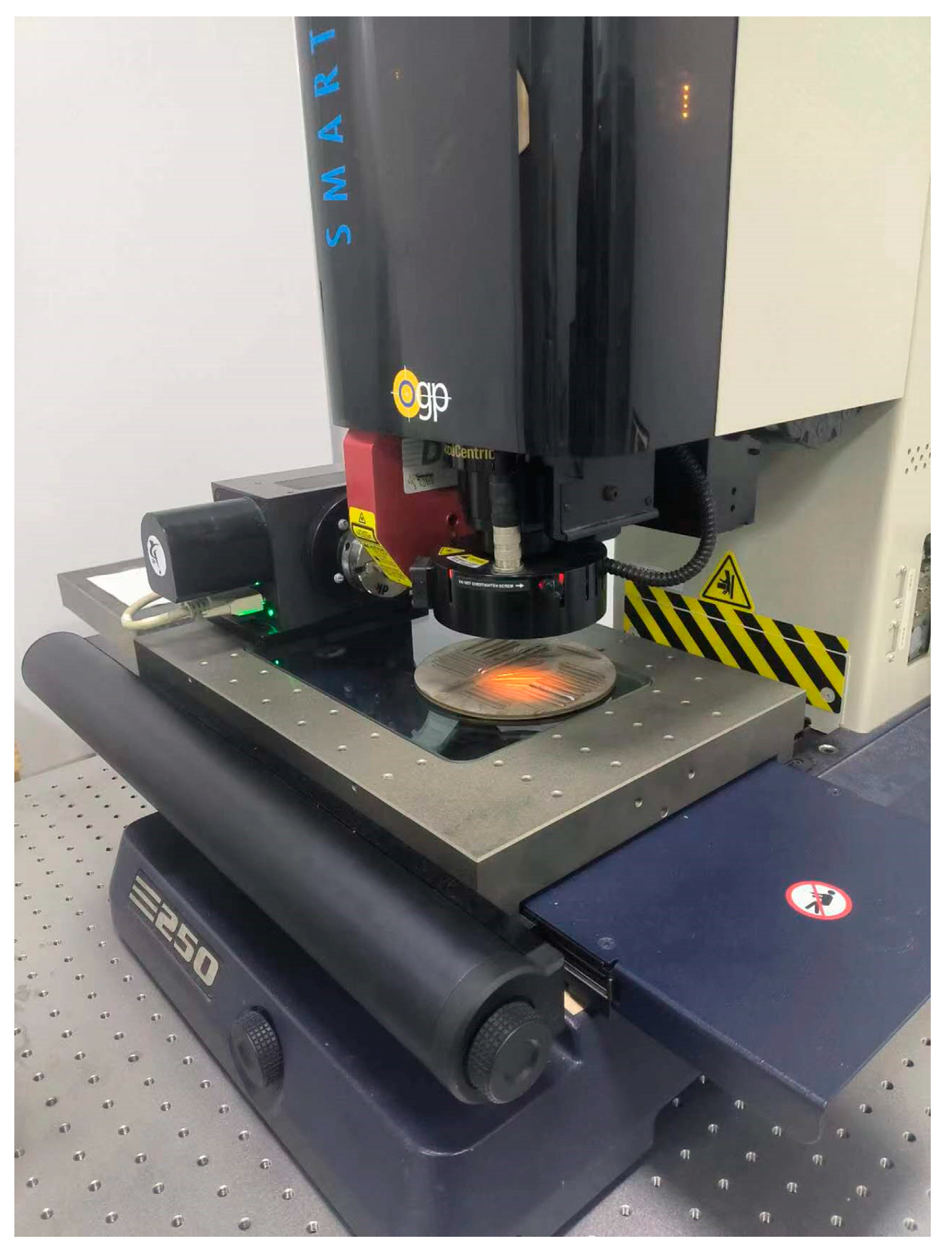

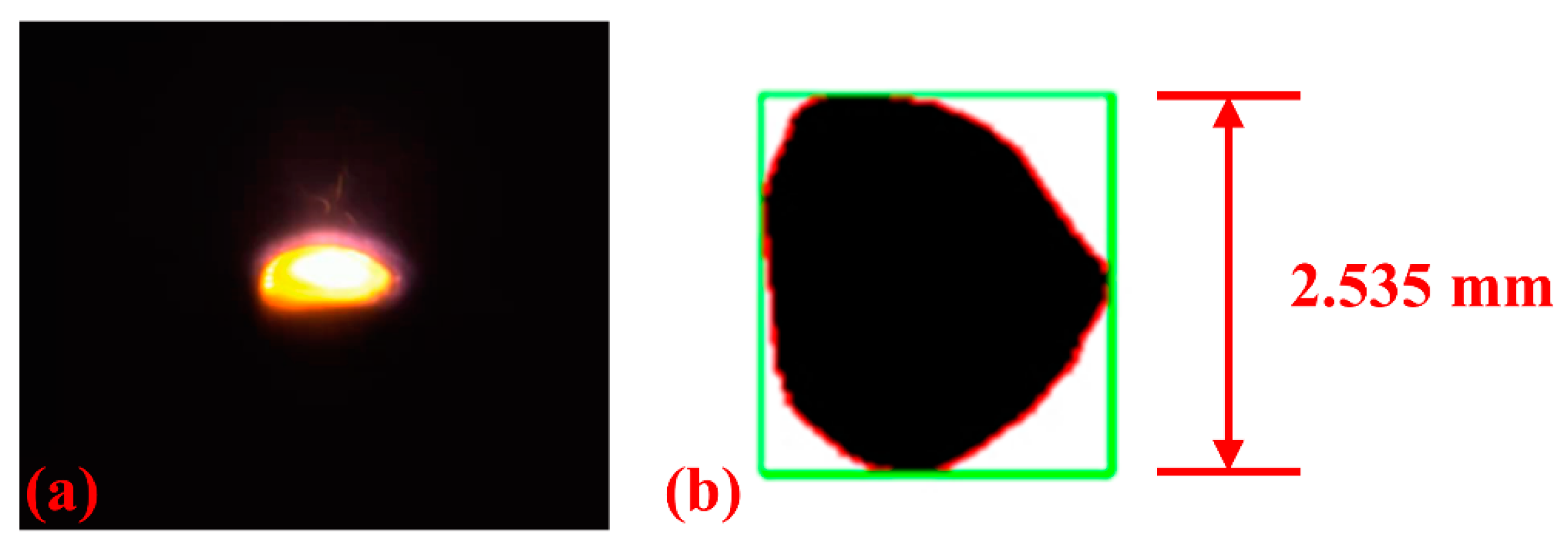


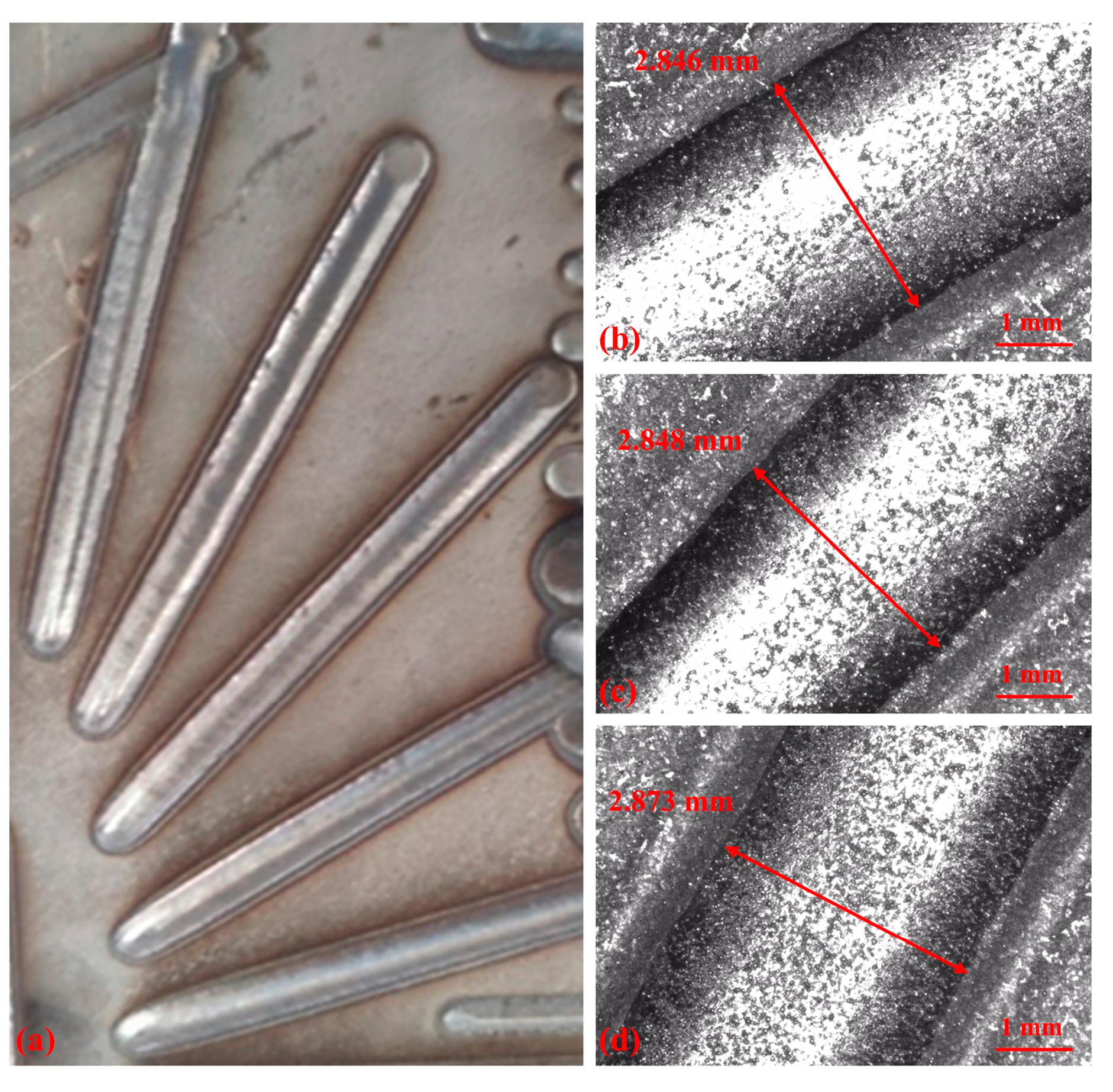
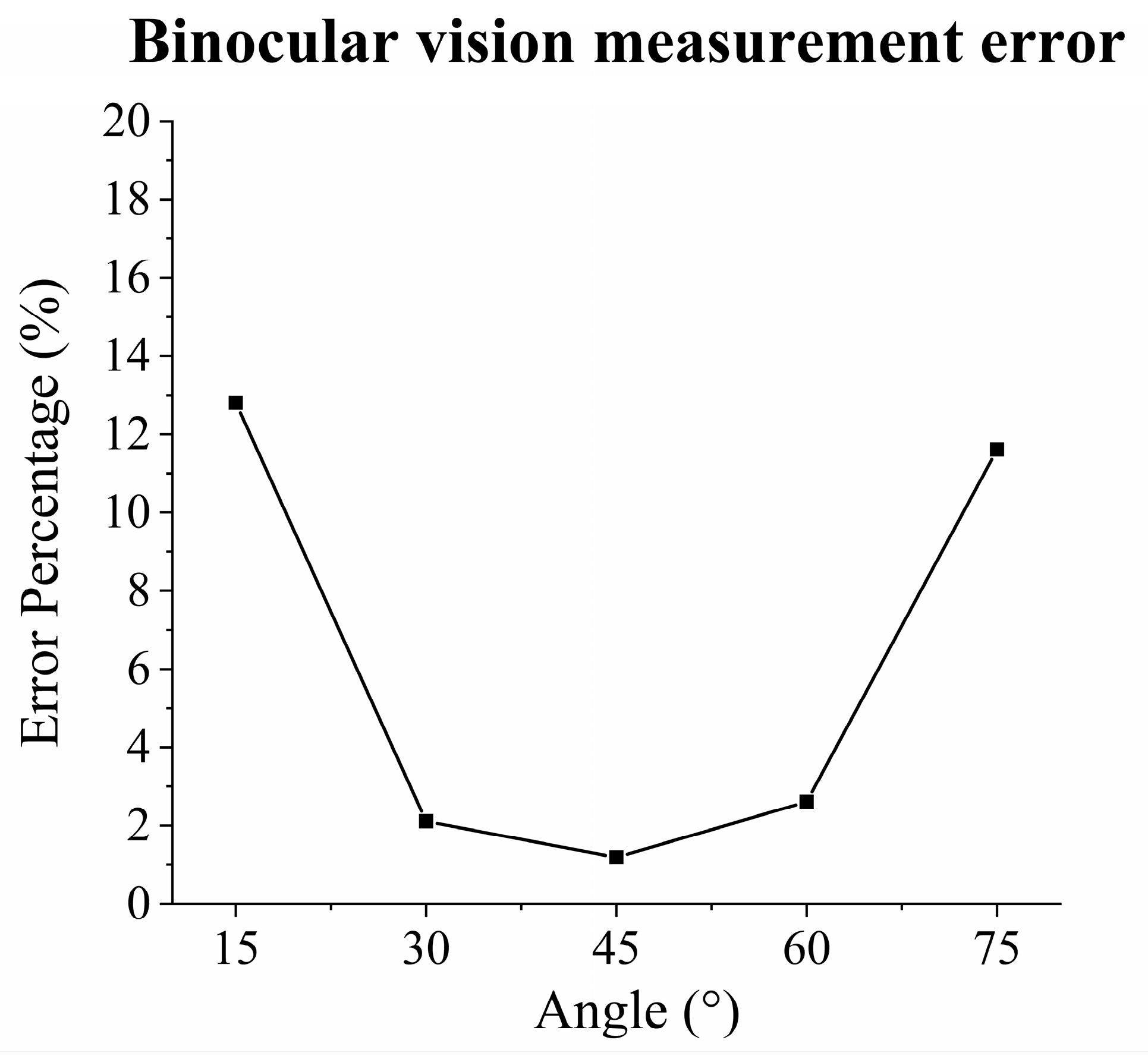
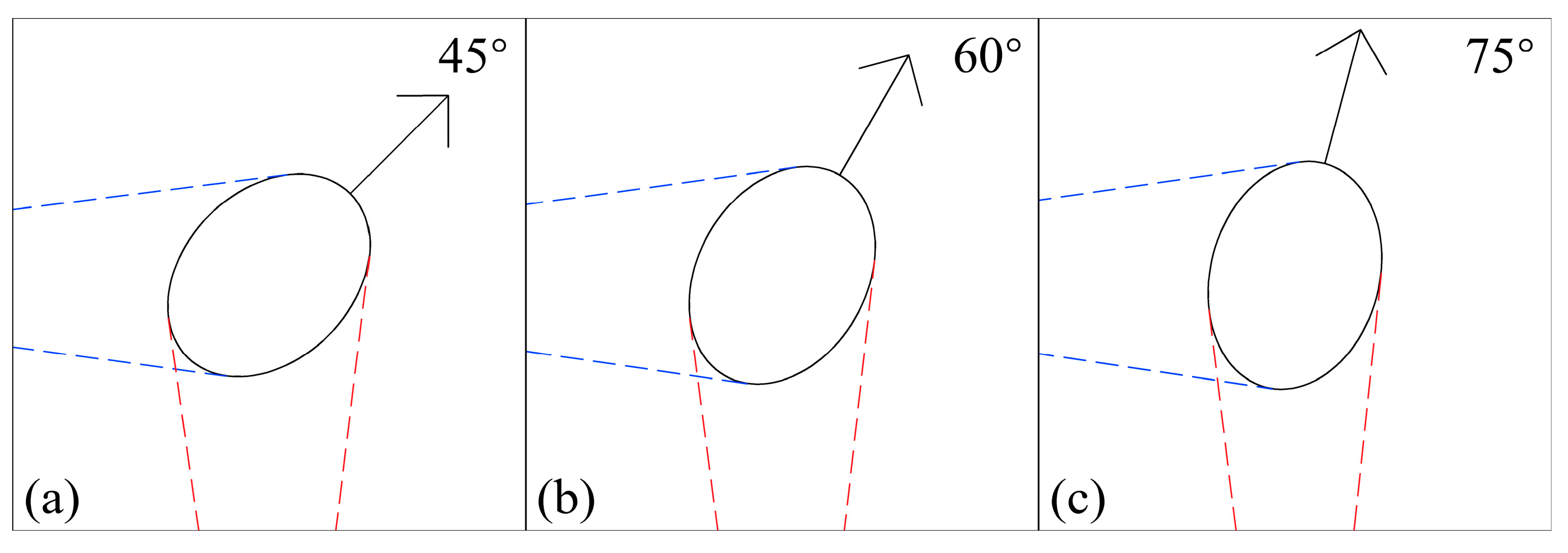
| Ni | Cr | Mo | Ti | Al | C | Si |
|---|---|---|---|---|---|---|
| Bal | 12.61 | 4.06 | 0.95 | 6.31 | 0.10 | 0.12 |
| Mn | P | S | Fe | Nb | O | N |
| 0.01 | 0.01 | 0.002 | 0.05 | 2.10 | 0.01 | 0.005 |
| Cr | Ni | Cu | Mn | Si | Mo | Nb | C | Fe |
|---|---|---|---|---|---|---|---|---|
| 15–17.5 | 3–5 | 3–5 | ≤1 | ≤1 | ≤0.5 | 0.35 | ≤0.07 | bal |
| Number | P (W) | Vs (mm/s) | Vf (r/min) |
|---|---|---|---|
| 1 | 900 | 11 | 0.45 |
| 2 | 1100 | 9 | 0.55 |
| 3 | 1100 | 7 | 0.25 |
| 4 | 1100 | 8 | 0.25 |
| 5 | 900 | 3 | 0.15 |
| 6 | 1100 | 3 | 0.15 |
| 7 | 1300 | 3 | 0.15 |
| 8 | 1500 | 3 | 0.15 |
| Number | Angle (°) | Width (mm) |
|---|---|---|
| 1 | 15 | 2.761 |
| 2 | 30 | 2.476 |
| 3 | 45 | 2.546 |
| 4 | 60 | 2.485 |
| 5 | 75 | 2.834 |
| Number | Wm (mm) | Wd (mm) |
|---|---|---|
| 1 | 1.863 | 2.075 |
| 2 | 2.288 | 2.452 |
| 3 | 2.480 | 2.741 |
| 4 | 2.572 | 2.863 |
| 5 | 2.705 | 3.090 |
| 6 | 3.033 | 3.546 |
| 7 | 3.353 | 3.923 |
| 8 | 3.508 | 4.338 |
| Number | Angle (°) | Wm (mm) | Wp (mm) | Wd (mm) | Error (mm) | Error (%) |
|---|---|---|---|---|---|---|
| 1 | 15 | 2.761 | 3.178 | 2.817 | 0.361 | 12.81% |
| 2 | 30 | 2.476 | 2.786 | 2.846 | 0.06 | 2.11% |
| 3 | 45 | 2.546 | 2.882 | 2.848 | 0.034 | 1.19% |
| 4 | 60 | 2.485 | 2.798 | 2.873 | 0.075 | 2.61% |
| 5 | 75 | 2.834 | 3.278 | 2.937 | 0.341 | 11.61% |
Disclaimer/Publisher’s Note: The statements, opinions and data contained in all publications are solely those of the individual author(s) and contributor(s) and not of MDPI and/or the editor(s). MDPI and/or the editor(s) disclaim responsibility for any injury to people or property resulting from any ideas, methods, instructions or products referred to in the content. |
© 2024 by the authors. Licensee MDPI, Basel, Switzerland. This article is an open access article distributed under the terms and conditions of the Creative Commons Attribution (CC BY) license (https://creativecommons.org/licenses/by/4.0/).
Share and Cite
Lu, Y.; Xiao, M.; Chen, X.; Sang, Y.; Liu, Z.; Jin, X.; Zhang, Z. Online Measurement of Melt-Pool Width in Direct Laser Deposition Process Based on Binocular Vision and Perspective Transformation. Materials 2024, 17, 3337. https://doi.org/10.3390/ma17133337
Lu Y, Xiao M, Chen X, Sang Y, Liu Z, Jin X, Zhang Z. Online Measurement of Melt-Pool Width in Direct Laser Deposition Process Based on Binocular Vision and Perspective Transformation. Materials. 2024; 17(13):3337. https://doi.org/10.3390/ma17133337
Chicago/Turabian StyleLu, Yanshun, Muzheng Xiao, Xiyi Chen, Yuxin Sang, Zongxin Liu, Xin Jin, and Zhijing Zhang. 2024. "Online Measurement of Melt-Pool Width in Direct Laser Deposition Process Based on Binocular Vision and Perspective Transformation" Materials 17, no. 13: 3337. https://doi.org/10.3390/ma17133337
APA StyleLu, Y., Xiao, M., Chen, X., Sang, Y., Liu, Z., Jin, X., & Zhang, Z. (2024). Online Measurement of Melt-Pool Width in Direct Laser Deposition Process Based on Binocular Vision and Perspective Transformation. Materials, 17(13), 3337. https://doi.org/10.3390/ma17133337






